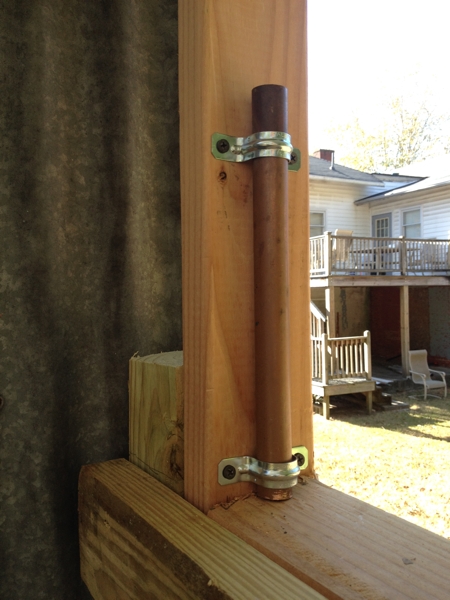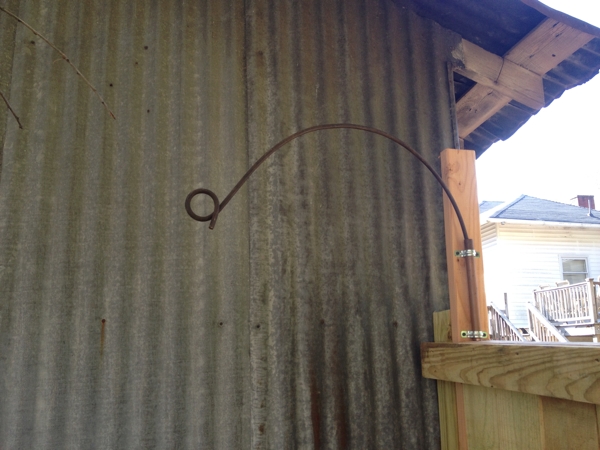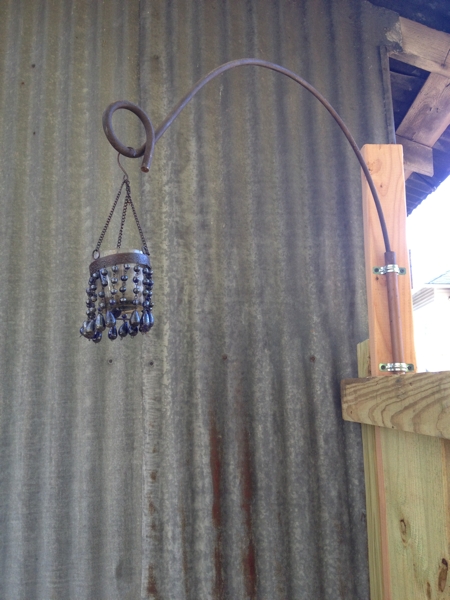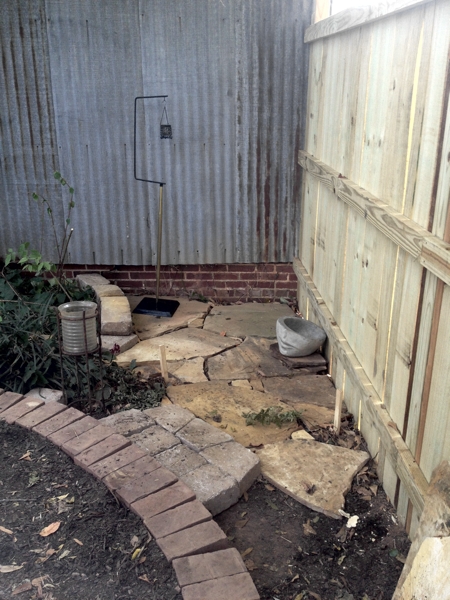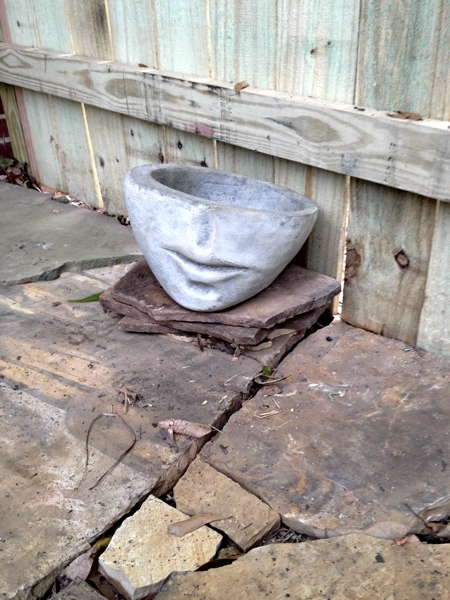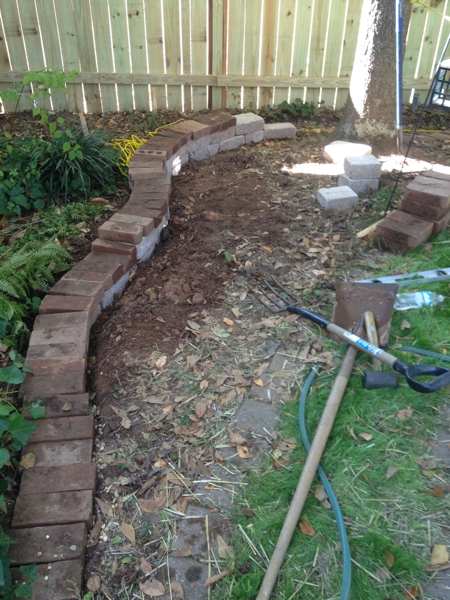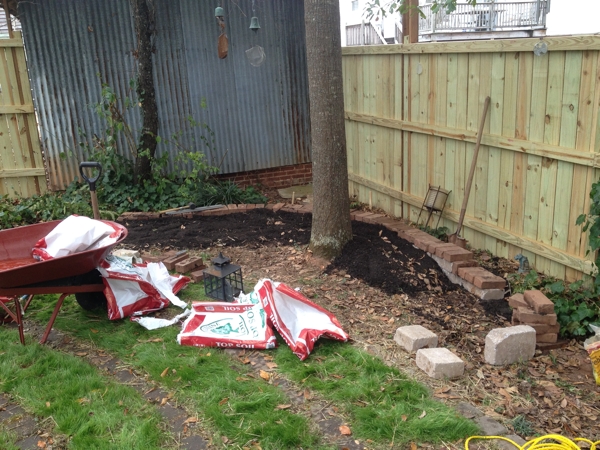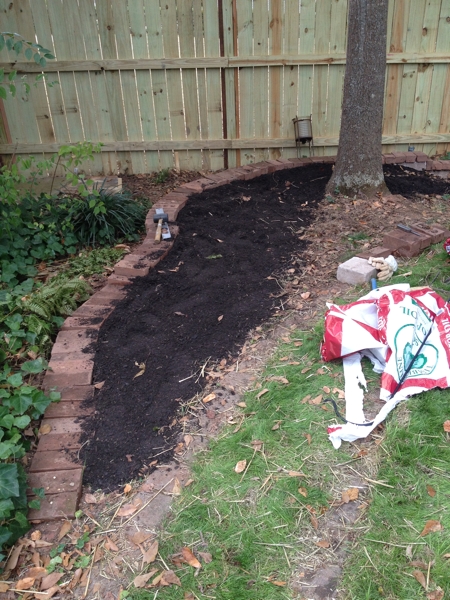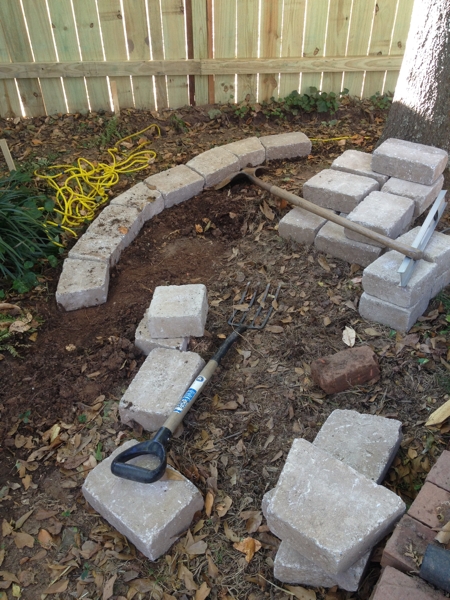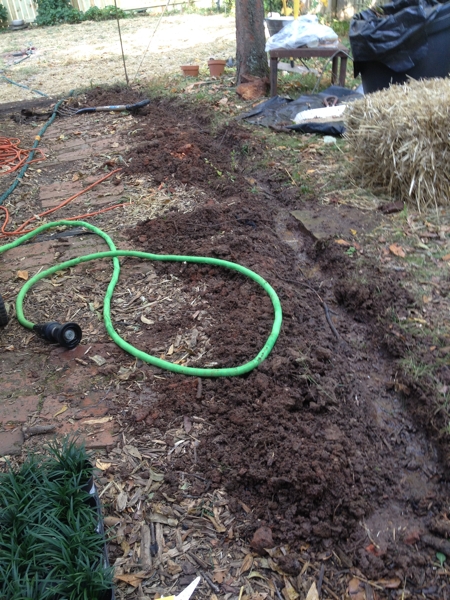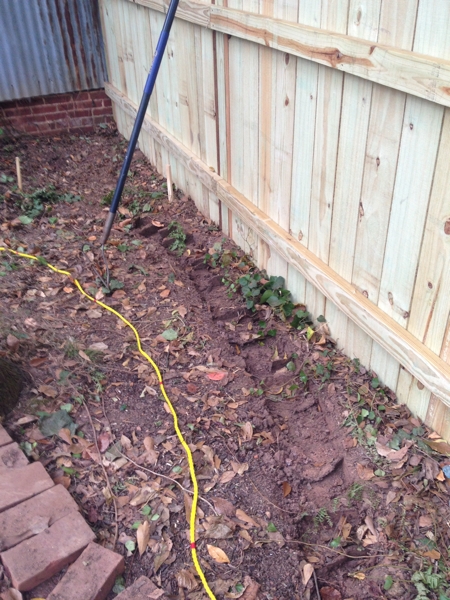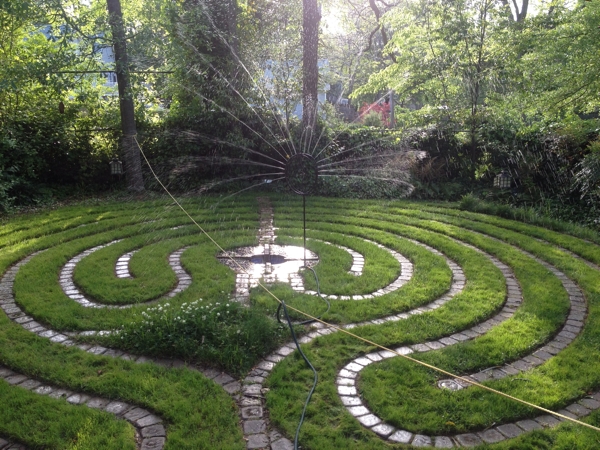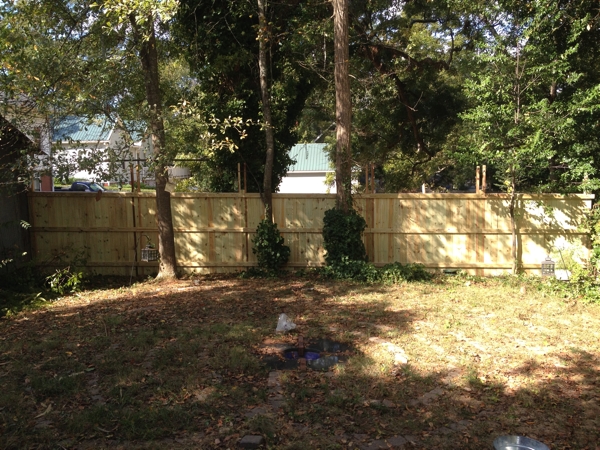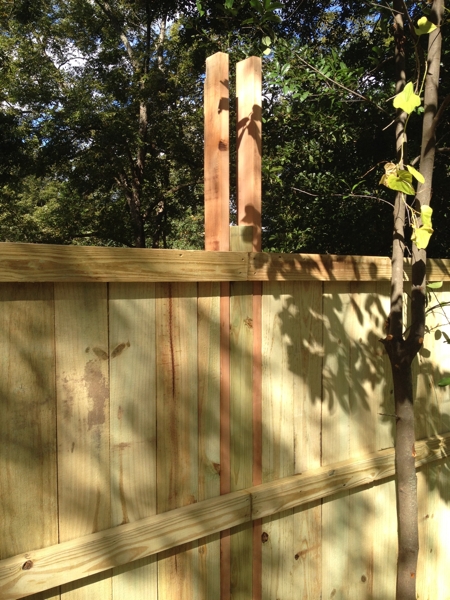In the most recent edition of Caierdroia: the journal of mazes & labyrinths [v.45, 2016], I was struck by the following quote:
As Ullyatt notes in “Gestures of approach”: aspects of liminality and labyrinths, “A threshold constitutes a boundary line or marginal area… from which a movement inward or outward may be inferred, even if not necessarily pursued….”1
Given my interest in all things liminal, I tracked down Tony Ullyatt’s article, published in Literator [32(2) Aug 2011: 103-134] and gave it a read. Here are some thoughts.
Summary: Ullyatt discusses some definitions of liminality, discriminates between two- and three-dimensional aspects of labyrinths, summarizes various descriptors of the labyrinth walking process, and finishes up with a “brief consideration of the liminal significance of the Knossos Labyrinth’s location on the isle of Crete.”
For those just joining us, a limen is a boundary; the term—as liminal and liminality—has been appropriated by ritual scholars (Turner, Van Gennep, et al.) to describe the boundaries between “real” life and the mental/social/spiritual states entered into by practitioners of various rituals: shamans, priests, labyrinth walkers, artists,etc. I have used it in Lichtenbergianism: procrastination as a creative strategy to link ritual, the Hero’s Journey, and the creative process.
Essentially, the liminal state is where we are when we strike out from the normal (State A1) and find ourselves in unfamiliar territory (State B). With any luck, we will return to State A2, changed/triumphant/renewed. If we’re talking about labyrinths, that boils down to entering/center/leaving. That’s my theory, and I’m sticking to it.
What I found curious about Ullyatt’s article was that he (she?) takes the OED definition of liminality and springs from the concept of “threshold” to discuss the opening of the labyrinth as an entrance to a house, i.e., entering a labyrinth is in some way similar to returning to one’s own hearth. It seems to me that this is missing an essential element of any labyrinth: crossing the threshold of a labyrinth is not returning in any way but rather a leaving, a striking out from State A1 to arrive at State B.
Yes, “threshold” implies a house/home, but Ullyatt has not considered that, like Bilbo Baggins, we may find ourselves over that threshold following a road that goes “ever on.” Or that we may someday need to break through a wall and make a new door where there was not one before so that we can create new paths for ourselves. We may go into a labyrinth, but I think it is the same as going into the woods: in no way are we seeking the familiar when we do so.
As we Lichtenbergians say, while sitting around the fire pit beside my labyrinth,
Take the pathway
to explore
uncover
confront.
Return to the fire
to confirm
affirm
retreat.2
Ullyatt goes on to talk about the labyrinth as sacred space, quoting Eliade:
The sacred is always dangerous to anyone who comes into contact with it unprepared, without having gone through ‘the gestures of approach’ that every religious act demands.
This concept has always interested me since I have found, both with my labyrinth and especially with the 3 Old Men labyrinth, that there is a tension between the expectation of “dangerous approach” and the reality of these two labyrinths. Indeed, at the burns we have found that many people express trepidation in entering the labyrinth, especially when the Old Men are officiating. (We are fairly awe inspiring.)
My take is that the burners who pull back from entering/experiencing the labyrinth are responding to the labyrinth’s powerful pull as a sacred space and to their own fear that they don’t know the “gestures of approach” that will allow them to enter it safely. I also believe that they recognize somehow that to enter the labyrinth is to strike out to the unknown, to leave State A—and who knows what State B could even be? If you’re a hippie who’s just trekking down to see the Effigy or to boogie at Incendia, that may not be on your agenda.
As Ullyat asks in a series of pertinent questions:
Apart from the certainty of the path itself, what expectations might we have about what could happen to us, psychologically at least, on the journey to the centre? Where are we heading? And in which direction? Are we moving “inwards” and, if so, what does that mean geographically, physically, psychologically, or spiritually? When we arrive at the centre, where are we then? Have we arrived at some sort of inner sanctum, the core of our being, the central purpose of our journey, after which our lives will be changed in some manner forever? What were we expecting to find at the centre? Have those expectations been met, and, if so, in what ways and to what extent? What are we meant to discover there? […] At the centre, are we only halfway through our travels? Uncertainty seems unavoidable unless we are made ready for the experience.
… Further, we might ask: Is the obliteration of the self, even temporarily, one consequence of arriving at the centre?
I wouldn’t go in either.
Of course, the Old Men are not there to guard the space, although that may be difficult for the average hippie to discern by torchlight. We simply hold the space for anyone to encounter on their own terms. We knew going into our first burn that we would host drunken revelers, smart-ass kids, and idiots. All are welcome to enter, race through, step over the walls, laugh riotously, and in general miss the point. That’s perfectly fine. We’re not there to enforce orthodoxy. Or heterodoxy, for that matter.
I will note here that the labyrinth of the 3 Old Men presents an interesting variation and challenge on the usual definition of labyrinth and the process of walking one. First of all, there’s not one path, there are four—and each of those four paths split and rejoin twice before reaching the center. We often see burners enter the labyrinth under the assumption that they are encountering a maze—that is, they are there to solve a puzzle and must be on guard not to be tricked—only to find, if they’ve chosen the “wrong turn” that they are merely in a simple loop and cannot be tricked except by their own expectations. However, it is undeniable that there is an element of choice present in this labyrinth that is simply not there in the traditional unicursal design, from which entrance to use through the splits in each path to which exit to take.
Further, when the Old Men are officiating, the shape of the experience changes. Without them, participants can walk to the center and back—the usual A/B/A journey (albeit with the above-mentioned choices to make). When we’re standing at the entrances, though, there’s another, significant focal point. After journeying “there and back again,” the walker is offered an additional, final opportunity to find meaning in the experience: depending on which Old Man he encounters, he will be offered a blessing, a request for a blessing, or a struggle (however he defines it). I would be interested to know whether most participants regard that final encounter as in fact “final,” the end of their experience; or, as I see it, a second “beginning,” a hippie equivalent to Ite, missa est.3 I imagine that mileage varies.4
At any rate, in the second half of the article Ullyatt goes on to lose the thread of his topic with a meandering discussion of three-dimensionality, i.e., the space around labyrinths, and something something Minotaur. He does note that a labyrinth is a “sheltered space,” that “the space around the labyrinth (rather than just the area the labyrinth itself occupies) may offer some sense of spiritual refuge and safety.” I have certainly found this to be the case, both in my own back yard and with 3 Old Men. Even with the camp next door blaring karaoke “Total Eclipse of the Heart” or Incendia’s DJ whomp-whomping away across the road, burners have told us repeatedly how calming they have found our installation—and now that we’ve been to enough burns, they look for us to provide that refuge.
Liminality. It’s a thing.
—————
1 Louët, A.P., & J.K.H. Geoffrion. “Labyrinth doorways: crossing the threshold.” Caierdroia, 45: 11-31. This was a discussion of representations of literal doorways at the entrances to floor labyrinths and need not concern us here.
2 Lyles, et al. The Book of the Labyrinth. The Path.
3 Said at the end of the Catholic Mass.
4 Deserving of some thought and analysis, but not here: what choices are being made by those who leave by the “front” entrance to the labyrinth, i.e., the octagonal mat with our bowl of white kaolin body paint, and where there is no officiant?

